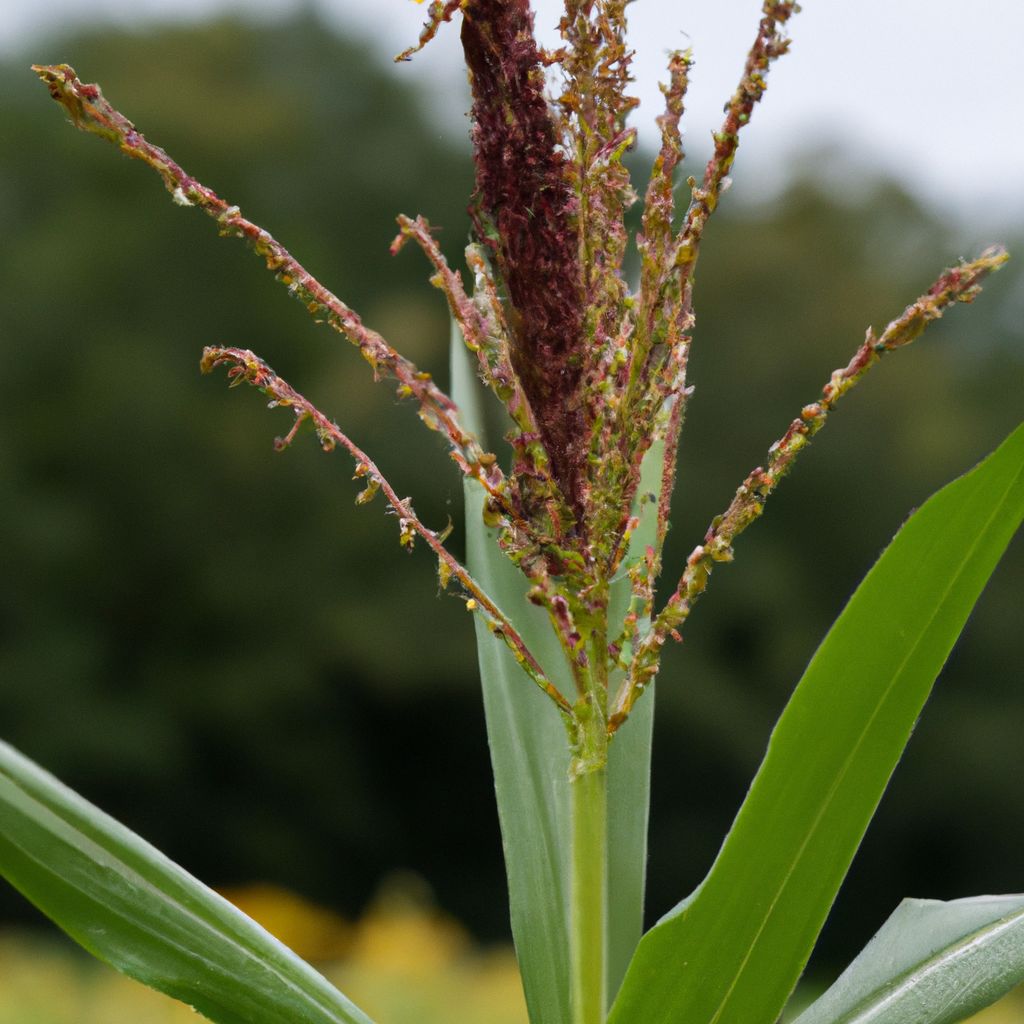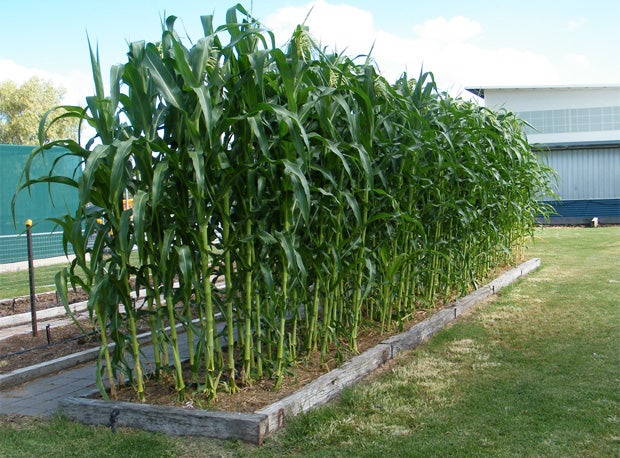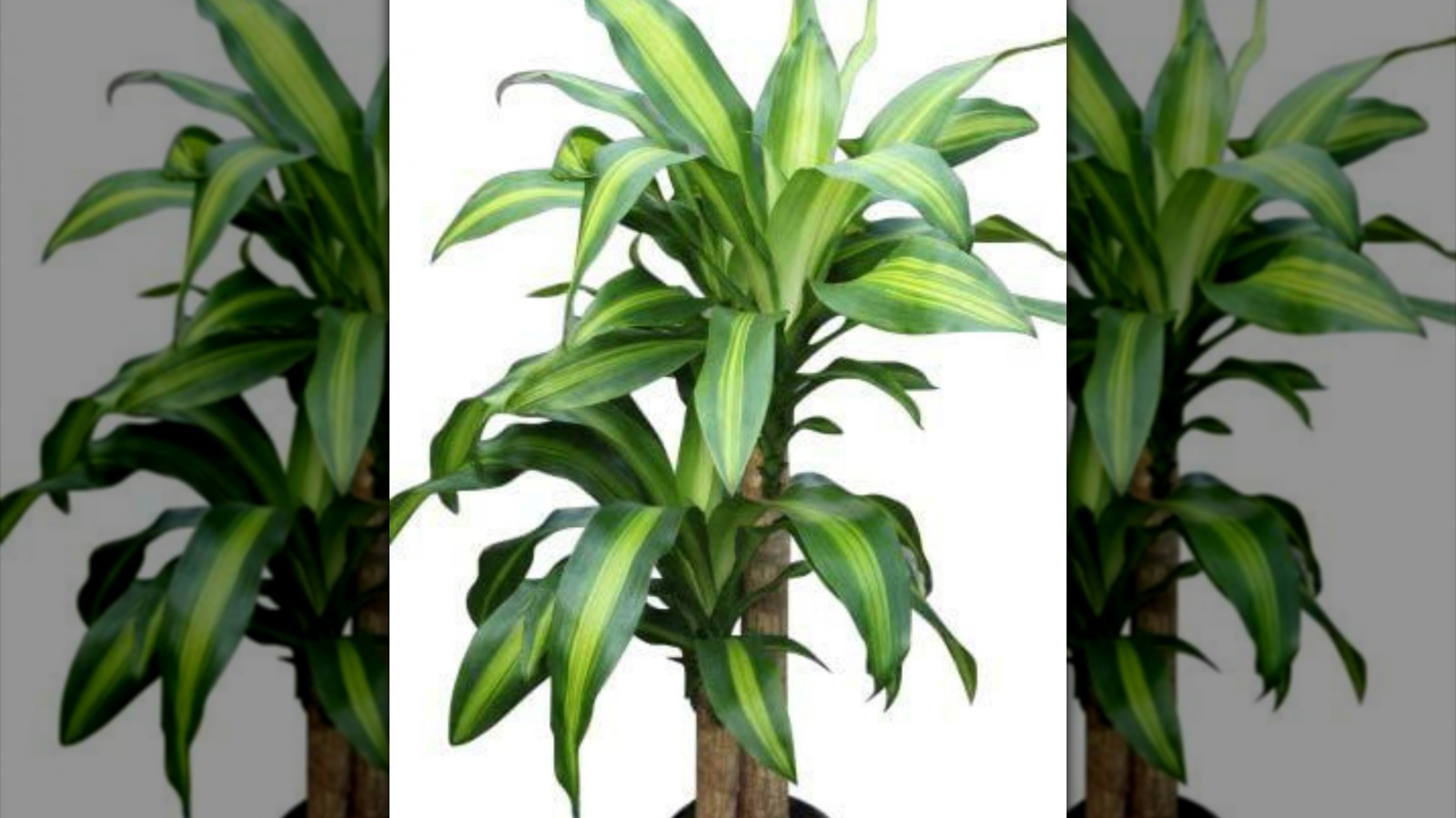What Triggers Corn Plant Blooming
Corn plants, also known as Dracaena fragrans, are popular houseplants known for their attractive foliage and fragrant white blooms. But what triggers these plants to bloom in the first place? The answer lies in a combination of factors, including light exposure, temperature, and watering schedules. When a corn plant receives the right amount of light, typically bright indirect light, it can stimulate the production of flowers. Temperature also plays a crucial role, as corn plants typically bloom when the temperature is between 65-75°F (18-24°C). Additionally, a consistent watering schedule can help promote blooming, as corn plants prefer moist soil but can be susceptible to root rot if the soil is too wet. By understanding these factors, you can create an optimal environment for your corn plant to bloom.
It’s worth noting that corn plants can be sensitive to changes in their environment, so it’s essential to maintain a consistent routine when it comes to light, temperature, and watering. This can help reduce stress on the plant and promote healthy blooming. Furthermore, fertilizing your corn plant with a balanced fertilizer can provide essential nutrients for blooming. By providing your corn plant with the right conditions and care, you can encourage it to bloom and enjoy the beautiful white flowers it produces.
While it’s difficult to predict exactly when a corn plant will bloom, by understanding the factors that trigger blooming, you can take steps to promote healthy blooming in your plant. With proper care and attention, your corn plant can thrive and produce beautiful blooms for you to enjoy. Whether you’re a seasoned plant enthusiast or just starting out, with the right knowledge and care, you can unlock the full potential of your corn plant and enjoy the beauty of its blooms.
How to Encourage Your Corn Plant to Bloom
Encouraging your corn plant to bloom requires a combination of proper care and attention to its environment. One of the most important factors is light exposure. Corn plants prefer bright, indirect light, but direct sunlight can cause the leaves to become scorched. To promote blooming, place your corn plant near an east- or west-facing window, or use a sheer curtain to filter the sunlight.
Fertilizing is also crucial for promoting blooming in corn plants. Use a balanced fertilizer that contains equal amounts of nitrogen, phosphorus, and potassium. Dilute the fertilizer to half the recommended strength to avoid burning the roots. Apply the fertilizer once a month, except during the winter months when the plant is dormant.
Pruning is another essential step in encouraging your corn plant to bloom. Remove any dead or dying leaves or stems, as these can drain the plant’s energy and prevent blooming. Cut back the stems to about 6 inches from the soil surface after the plant finishes blooming. This will help the plant conserve energy and promote new growth.
Consistency is key when it comes to caring for your corn plant. Water the plant when the top inch of soil feels dry to the touch, and avoid getting water on the leaves to prevent fungal diseases. Maintain a consistent temperature between 65-75°F (18-24°C), and avoid placing the plant near heating or cooling vents.
By following these tips and providing your corn plant with the right environment, you can encourage it to bloom and enjoy the beautiful white flowers it produces. Remember to be patient, as blooming can take time, and don’t be discouraged if your plant doesn’t bloom right away. With proper care and attention, your corn plant will thrive and produce beautiful blooms for you to enjoy.
Understanding the Blooming Cycle of Corn Plants
The blooming cycle of corn plants can vary depending on factors such as climate, plant variety, and growing conditions. Typically, corn plants bloom in the spring and summer months when the days are longer and the temperatures are warmer. During this time, the plant produces a tall stalk with a tassel at the top, which is followed by the production of ears of corn.
The duration of blooming can last anywhere from a few weeks to a few months, depending on the specific variety of corn plant. Some varieties, such as ‘Silver Queen’ and ‘Golden Bantam’, are known to bloom for a longer period of time, while others, such as ‘Early Sunglow’ and ‘Honey & Cream’, have a shorter blooming period.
It’s also worth noting that corn plants can produce multiple blooms throughout the growing season. This is because the plant produces new stalks and ears of corn as the old ones mature and are harvested. By understanding the blooming cycle of corn plants, you can better plan and care for your plants to maximize their blooming potential.
Climate and weather conditions can also impact the blooming cycle of corn plants. For example, a warm and dry spring can cause the plant to bloom earlier, while a cool and wet spring can delay blooming. Similarly, a hot and dry summer can cause the plant to produce fewer blooms, while a cool and wet summer can promote more blooming.
By understanding the factors that affect the blooming cycle of corn plants, you can take steps to create an optimal environment for your plants to thrive. This includes providing the right amount of light, water, and nutrients, as well as protecting the plants from extreme weather conditions.
Common Mistakes to Avoid When Trying to Get Your Corn Plant to Bloom
When trying to get your corn plant to bloom, there are several common mistakes to avoid. One of the most common mistakes is over-watering. Corn plants prefer well-draining soil and can be susceptible to root rot if the soil is too wet. To avoid this, make sure to water your corn plant only when the top inch of soil feels dry to the touch.
Another common mistake is under-fertilizing. Corn plants require a balanced fertilizer to promote healthy growth and blooming. Use a fertilizer that contains equal amounts of nitrogen, phosphorus, and potassium, and apply it according to the manufacturer’s instructions.
Inadequate light exposure is also a common mistake that can prevent corn plant blooming. Corn plants prefer bright, indirect light, but direct sunlight can cause the leaves to become scorched. To avoid this, place your corn plant near an east- or west-facing window, or use a sheer curtain to filter the sunlight.
Additionally, failing to prune your corn plant can also prevent blooming. Pruning helps to promote healthy growth and encourages the plant to produce more blooms. Remove any dead or dying leaves or stems, and cut back the stems to about 6 inches from the soil surface after the plant finishes blooming.
Finally, neglecting to monitor and adjust care routines can also prevent corn plant blooming. Corn plants require consistent care to promote healthy growth and blooming. Make sure to check the soil moisture, fertilize regularly, and prune the plant as needed to promote healthy blooming.
By avoiding these common mistakes, you can create an optimal environment for your corn plant to bloom and enjoy the beautiful white flowers it produces. Remember to be patient, as blooming can take time, and don’t be discouraged if your plant doesn’t bloom right away.
How Often Can You Expect Your Corn Plant to Bloom
Corn plants typically bloom in the spring and summer months, with the frequency of blooms varying depending on factors like plant variety and growing conditions. On average, a healthy corn plant can produce 2-3 blooms per year, with each bloom lasting around 2-4 weeks.
However, some corn plant varieties are bred to produce more frequent blooms, while others may only bloom once a year. For example, the ‘Silver Queen’ variety is known to produce multiple blooms throughout the growing season, while the ‘Golden Bantam’ variety typically only blooms once in the spring.
The duration of the blooming period can also vary depending on factors like temperature, humidity, and light exposure. In general, corn plants tend to bloom more frequently in warmer temperatures and with adequate light exposure.
It’s also worth noting that corn plants can be induced to bloom more frequently through proper care and maintenance. By providing optimal growing conditions, including proper watering, fertilizing, and pruning, you can encourage your corn plant to produce more blooms.
To give you a better idea of what to expect, here are some general guidelines on how often you can expect your corn plant to bloom:
* Spring-blooming varieties: 1-2 blooms in the spring, with each bloom lasting around 2-4 weeks
* Summer-blooming varieties: 2-3 blooms in the summer, with each bloom lasting around 2-4 weeks
* Fall-blooming varieties: 1-2 blooms in the fall, with each bloom lasting around 2-4 weeks
Keep in mind that these are general guidelines, and the actual blooming frequency of your corn plant may vary depending on specific growing conditions and plant variety.
Factors That Can Affect Corn Plant Blooming Frequency
While corn plants can be relatively low-maintenance, there are several factors that can impact their blooming frequency. Temperature fluctuations, humidity, and pest or disease issues can all affect how often your corn plant blooms.
Temperature fluctuations can be particularly problematic for corn plants. If the temperature drops too low or rises too high, it can disrupt the plant’s ability to bloom. To mitigate this, make sure to keep your corn plant in a location with a consistent temperature between 65-75°F (18-24°C).
Humidity is another factor that can impact corn plant blooming frequency. Corn plants prefer a relatively high humidity, typically above 50%. If the air is too dry, it can cause the plant to drop its buds and reduce blooming. To combat this, you can place the plant on a tray filled with water and pebbles or use a humidifier nearby.
Pest or disease issues can also affect corn plant blooming frequency. Pests like spider mites, mealybugs, and scale can weaken the plant and reduce blooming. Regularly inspect your plant for signs of pests and treat promptly if necessary. Fungal diseases like root rot and leaf spot can also impact blooming. Make sure to provide good air circulation and avoid overwatering to prevent these diseases.
Other factors that can impact corn plant blooming frequency include soil quality, fertilization, and pruning. Using a well-draining potting mix and fertilizing regularly can help promote healthy growth and blooming. Pruning the plant regularly can also help encourage blooming by promoting bushy growth and preventing the plant from becoming leggy.
By understanding the factors that can impact corn plant blooming frequency, you can take steps to create an optimal environment for your plant to thrive. With proper care and attention, your corn plant can produce beautiful blooms and add a touch of elegance to your home or garden.
Maximizing Blooms: Tips for Optimal Corn Plant Care
To maximize blooms and promote healthy growth in your corn plant, it’s essential to provide optimal care. Here are some key takeaways to keep in mind:
Proper watering is crucial for corn plant care. Make sure to water your plant when the top inch of soil feels dry to the touch, and avoid getting water on the leaves to prevent fungal diseases.
Fertilizing is also essential for promoting healthy growth and blooming. Use a balanced fertilizer that contains equal amounts of nitrogen, phosphorus, and potassium, and apply it according to the manufacturer’s instructions.
Pruning is another important aspect of corn plant care. Remove any dead or dying leaves or stems, and cut back the stems to about 6 inches from the soil surface after the plant finishes blooming.
Monitoring and adjusting care routines is also crucial for promoting healthy blooming. Keep an eye on your plant’s temperature, humidity, and light exposure, and adjust your care routine accordingly.
By following these tips and providing optimal care, you can maximize blooms and promote healthy growth in your corn plant. Remember to be patient, as blooming can take time, and don’t be discouraged if your plant doesn’t bloom right away.
Some additional tips to keep in mind include:
* Providing good air circulation to prevent fungal diseases
* Avoiding over-watering, which can lead to root rot and other problems
* Using a well-draining potting mix to prevent waterlogged soil
* Fertilizing regularly to promote healthy growth and blooming
By following these tips and providing optimal care, you can unlock the full potential of your corn plant and enjoy beautiful blooms for months to come.
Conclusion: Unlocking the Full Potential of Your Corn Plant
In conclusion, unlocking the full potential of your corn plant requires a combination of proper care, attention to detail, and patience. By understanding the factors that trigger blooming, creating an optimal environment, and avoiding common mistakes, you can encourage your corn plant to bloom and enjoy the beautiful white flowers it produces.
Remember, every corn plant is unique, and what works for one plant may not work for another. By monitoring and adjusting your care routine, you can tailor your approach to meet the specific needs of your plant and promote healthy blooming.
With the tips and strategies outlined in this article, you can unlock the full potential of your corn plant and enjoy the many benefits it has to offer. Whether you’re a seasoned gardener or just starting out, with a little patience and care, you can enjoy the beauty and wonder of your corn plant’s blooms.
So, go ahead and give your corn plant the care it deserves. With a little attention and effort, you can unlock the full potential of your plant and enjoy the many rewards it has to offer.









